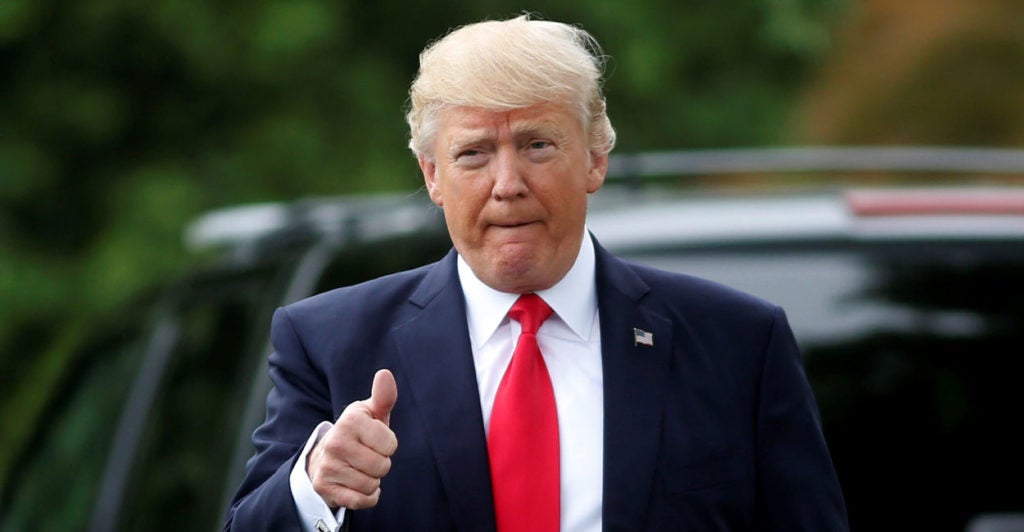The good economic news just keeps rolling in.
On Friday, the Bureau of Labor Statistics released a positive May jobs report, announcing the U.S. economy added 223,000 jobs and the unemployment rate reached its lowest level since 2000, dipping to 3.8 percent.
While this report shatters expert predictions by nearly 30,000 jobs and continues to show signs of a strong economy, it also makes clear that as people continue to leave the workforce, employers will need to step up their game in order to attract workers to fill open positions.
The strong jobs report shows that a record number of Americans are employed, nearly 3 million people have found a job since President Donald Trump took office, and over the past 12 months we have averaged 191,000 new jobs per month.
In addition to this, African-American unemployment has fallen dramatically from 7.8 percent when Trump took office to 6.6 percent in April, and now to 5.9 percent. This represents a record low.
In addition, Hispanics continue to experience near historic lows in unemployment, reaching 4.9 percent. The unemployment rate for women, now at 3.6 percent, is also at its lowest point in decades.
This brings the unemployment rate down 0.5 percent over the last year, unemployment down by 772,000, and long-term unemployment down by half a million.
The top gains in the report are in retail trade (+31,000 jobs), health care (+29,000 jobs), construction (+25,000 jobs), manufacturing (+18,000 jobs), and mining (+6,000 jobs).
A year and a half into his presidency, Trump continues to add jobs to key sectors he targeted during his campaign. Since he was elected, the U.S. has added 322,000 manufacturing jobs and has reversed the trend of losing mining jobs, adding 91,000 jobs since November of 2016.
On a more troubling note, the labor force participation rate (the number of people who could be working, but choose not to) ticked down a 10th of a percentage point to 62.7 percent. This shows that the labor market is tightening. In fact, the number of people counted not in the labor force reached a record high of nearly 96 million people.
With more and more staying out of the workforce, employers have been steadily raising employee pay. In May, average hourly earnings for all private-sector employees rose by 8 cents, totaling a 71-cent increase over the year. This is the largest 12-month increase since 2009.
What does this mean? To fill open jobs and continue growing the economy, employers need to make work more appealing. How? Pay more and offer more.
One example of this can be seen in Walmart’s recent decision to increase pay, add maternity and paternal leave benefits, and introduce a college tuition program. To attract and keep talent, companies like Walmart will have to offer better and better deals to workers.
Those better deals are made all the more feasible when the government implements pro-growth policies, like the recent tax reform and regulatory reductions. Businesses now have more money and flexibility to be creative in how they attract and maintain their workers.
To date, over 4 million Americans have received a pay raise and/or a bonus because of tax reform. This is not just employers being altruistic, it’s a market-driven response to a need to attract and maintain workers—enabled by the government taking less money away from businesses.
One thing is certain: When businesses have more, they can and will do more. While there are some challenging aspects to the latest jobs report, the overarching theme shows that pro-growth policies are giving employers the flexibility they need to innovate and solve problems.
Let’s keep the momentum going.
